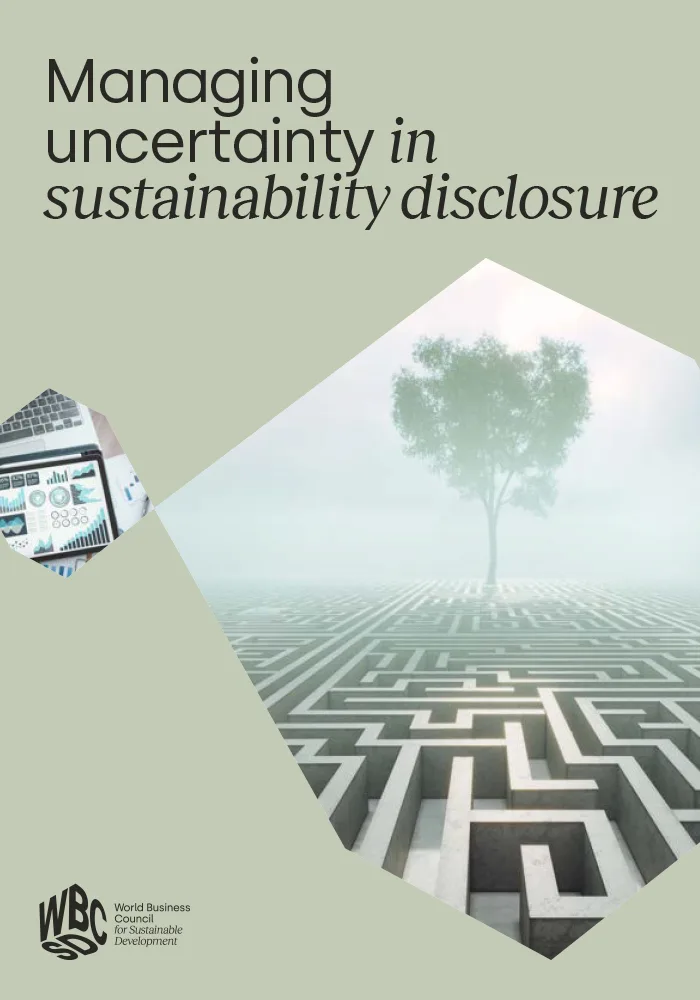Managing uncertainty in sustainability disclosure
Published: July 10, 2025

Featuring more than 25 real-world examples from member companies, this report showcases various approaches for addressing uncertainties in preparing and disclosing sustainability information according to the European Sustainability Reporting Standards (ESRS) and the IFRS Sustainability Disclosure Standards (IFRS S1 and S2).
Key Challenges
The report identifies two primary challenges:
- Navigating Uncertainty: Companies often struggle with the uncertainty inherent in preparing and presenting sustainability information.
- Using Estimates and Assumptions: Disclosing the financial effects of sustainability-related risks and opportunities involves significant use of estimates and assumptions.
Categories of Uncertainty
Three main categories of uncertainty are highlighted:
- What to Disclose: Navigating differences between various reporting requirements.
- Preparation for Disclosure: Choosing methodologies, measuring inputs and outputs, and utilizing systems.
- Quantity of Disclosure: Deciding the extent and dimensions of disclosure and considering materiality concepts.
Detailed Exploration of Themes
The report is structured around tackling four key themes of uncertainty:
- Integrating and Connecting Requirements: This theme covers the alignment of sustainability and financial reporting cycles, processes, and outputs. It also addresses adapting risk management, governance, investment decision-making, and finance to support sustainability disclosure.
- Evaluating What and How Much to Disclose: This theme focuses on the materiality assessment process, the use of judgment for materiality and significance, and the challenges of navigating different materiality perspectives.
- Making Assumptions: This theme discusses the use of assumptions in sustainability disclosure, the characteristics of credible assumptions, and the disclosure of assumptions.
- Measurements and Estimates: This theme covers the information that should be disclosed about metrics, the characteristics required to provide the required context, minimize uncertainty, and maximize utility. It also includes information on different types and approaches to estimation when data is unavailable or unreliable, especially across the value chain.
Conclusion
The report aims to support companies in reducing or managing uncertainty in sustainability disclosure, ultimately enhancing transparency and decision-making. It offers interim guidance to help companies navigate these uncertainties and ease the reporting burden associated with disclosing the financial effects of sustainability-related impacts, risks, and opportunities.